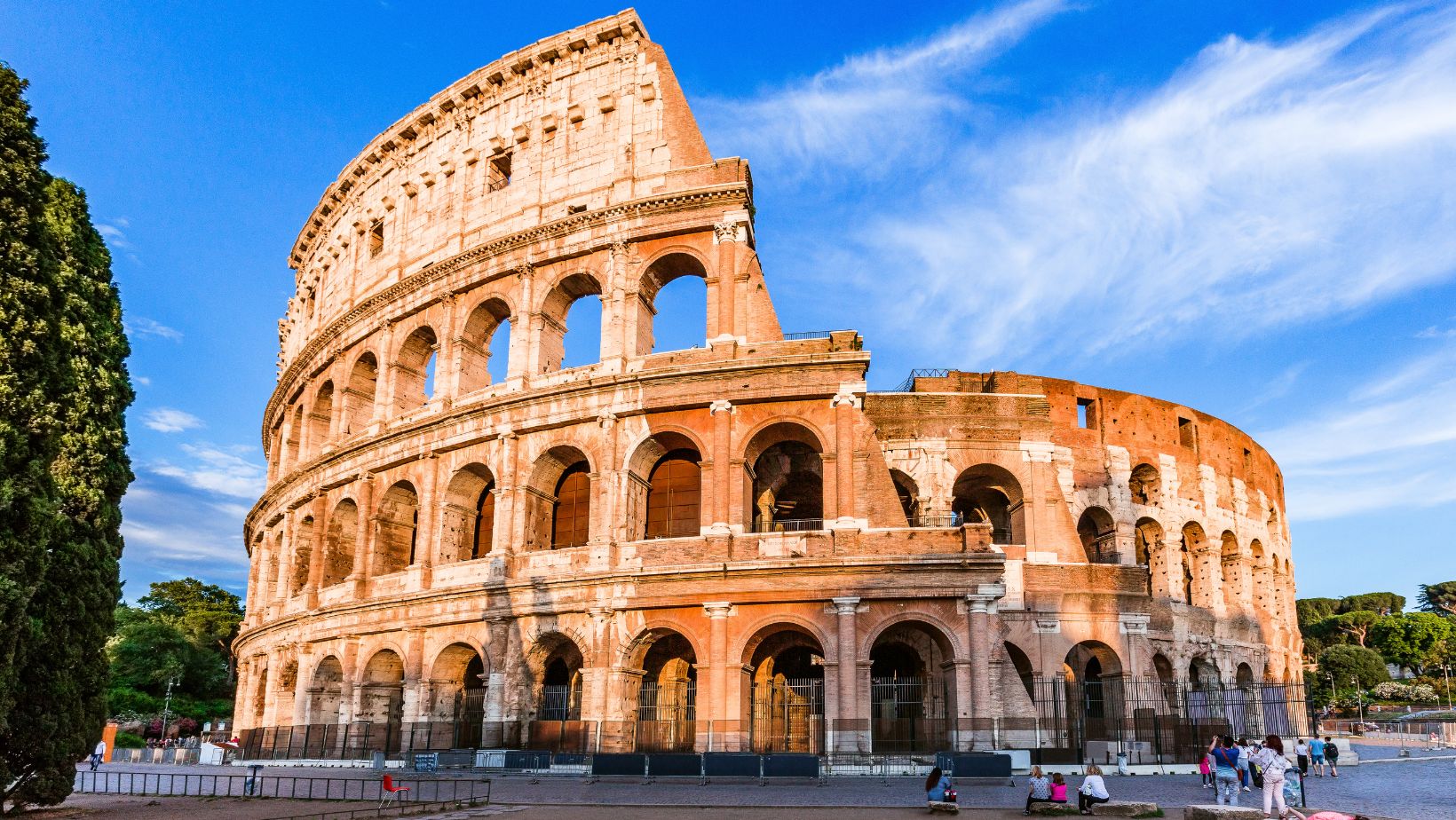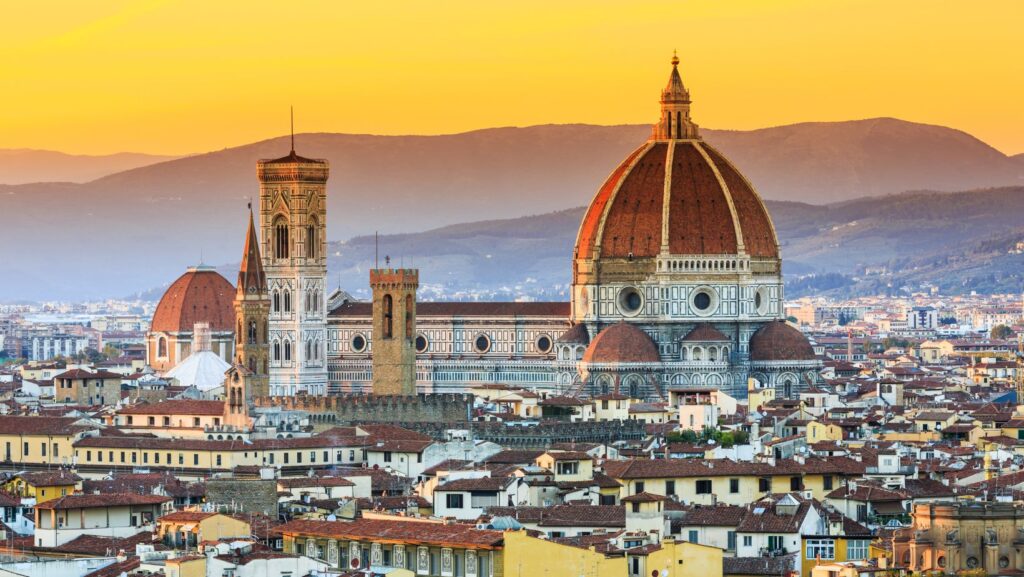Travel Tips For Italy
Ah, Italy! A country that’s been seducing travelers with its rich culture, breathtaking landscapes, and mouthwatering cuisine for centuries. But, if you’re planning a trip to this enchanting land, there’s a lot more you’ll need to know beyond “pizza” and “pasta.”
In this article, I’ll share some insider tips to help you navigate Italy like a local. From knowing the best time to visit, to understanding the dos and don’ts of Italian dining etiquette, I’ve got you covered. So, buckle up and get ready to embark on an unforgettable Italian adventure.

Understanding Italy’s Geography and Top Attractions
Let’s dig into the heart of Italy by understanding its geographic diversity and some of its unmissable attractions. Knowing what each region offers sets the ground for an enriched travel experience.
Importance of Recognizing Italy’s Regions
Italy’s regions, twenty in total, hold unmistakable charm and distinct characteristics. For example, Tuscany, is famed for its rolling vineyards and historic cities like Florence and Siena, while Lazio, home to the capital city of Rome, boasts ancient ruins like the Colosseum and the Pantheon.
Recognizing the allure of every region dispels any one-size-fits-all approach to visiting Italy. Climatic conditions vary greatly across the peninsula. The Alps, for instance, reveal harsh winters, rendering the region apt for skiing. Sicily, by contrast, enjoys a Mediterranean climate, indicating it’s a perfect contender for summer getaways.
Renowned Cities for Every Traveler’s Bucket List
Italy brims with cities worthy of any adventurer’s itinerary. Rome, affectionately known as the Eternal City, gives a profound glance into the historic might of the Roman Empire, notably seen in the Colosseum.
Further north, Florence stands as a testament to the Renaissance era with masterpieces found in the Uffizi Gallery. Brimming with architectural symbolisms likes of the famed Duomo, it’s no wonder the city is a UNESCO World Heritage site.
Equally spectacular, Venice, with its enchanting canals and romantic gondola rides, paints a different picture of Italy. Receiving millions of visitors each year, it’s a testament to the enduring allure that this floating city holds.
Lastly, don’t overlook lesser-known yet captivating cities such as Verona, the setting of Shakespeare’s ‘Romeo and Juliet’; Bologna, a foodie’s haven; and Cinque Terre, famed for its colorful cliff-side villages.

Pre-Departure Planning: Essential Italy Travel Tips
An enjoyable trip to Italy hinges on pre-departure planning which includes understanding the best times to visit and setting up a suitable budget. In this section, I’ll break it all down to make your travel planning stress-free.
When to Visit Italy: Seasonal Considerations
Choosing the right time to visit Italy can make a big difference in your overall experience. Let’s delve into how the Italian climate varies throughout the year:
- Spring (March-May): Temperatures range from 35 to 75 degrees F. Springtime provides favorable conditions for outdoor activities, with blooming flowers creating a scenic landscape.
- Summer (June-August): Temperatures rise to 100 degrees F in some regions, and Italy’s popular destinations get crowded. This is also peak season when accommodation and flight prices soar.
- Autumn (September-November): Italy enjoys mild weather averaging around 55-68 degrees F. The fall is grape harvest season, making it a great time to visit wine regions like Tuscany.
- Winter (December-February): Temperatures can drop to around 32 degrees F. The country becomes less crowded, and it’s an ideal time for skiing in regions like the Italian Alps.
Remember, the best time to visit Italy is highly subjective and depends on the type of traveler you are.
Budgeting for Your Trip: Cost-related Travel Tips
Finances play a crucial role in crafting an enjoyable holiday in Italy. Here are some cost-related tips:
- Accommodation: Italy offers a wide range of options from luxury hotels to backpacker hostels. Rome’s average hotel rate sits at around $85 per night, while prices in Venice can reach up to $130.
- Food and Drink: An average meal at a modest restaurant in Italy costs roughly $15-$20, while a three-course meal at a more upscale establishment can be around $40-$60.
- Sightseeing: Many of Italy’s prime attractions charge an entry fee. For instance, the Colosseum’s standard ticket price is approximately $14 while access to the Vatican Museums is about $35.
To avoid any unwanted surprises, plan your budget carefully. Ensure you account for both major expenses like accommodation and flights, as well as smaller costs such as local transportation, meals and activities.


